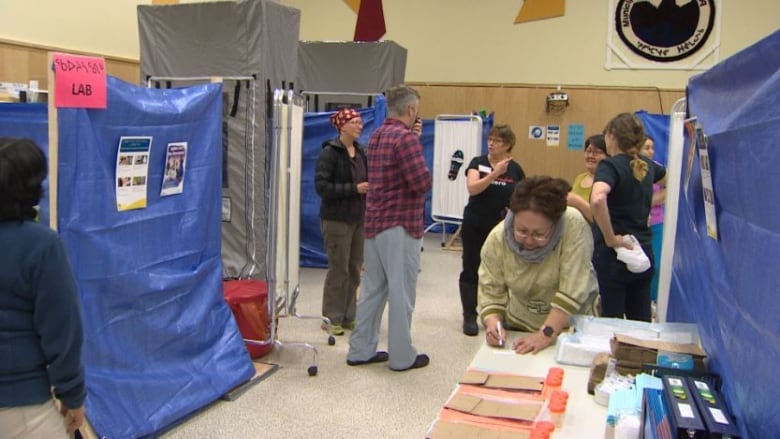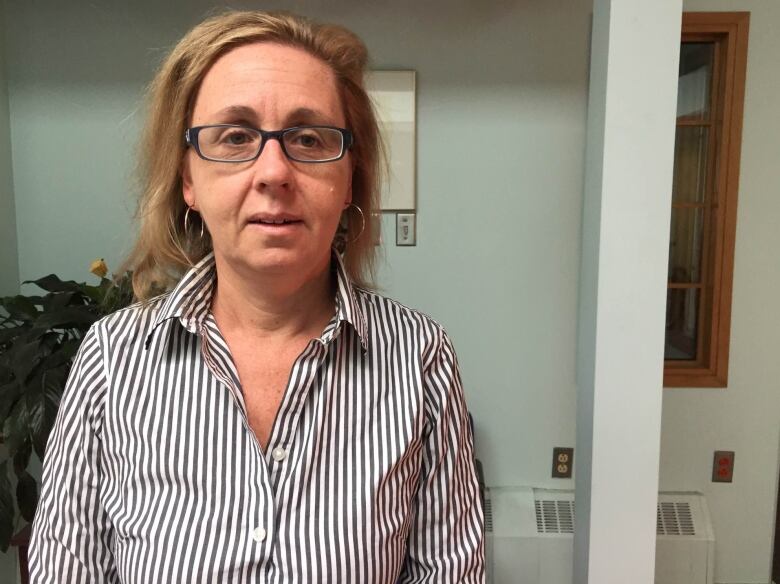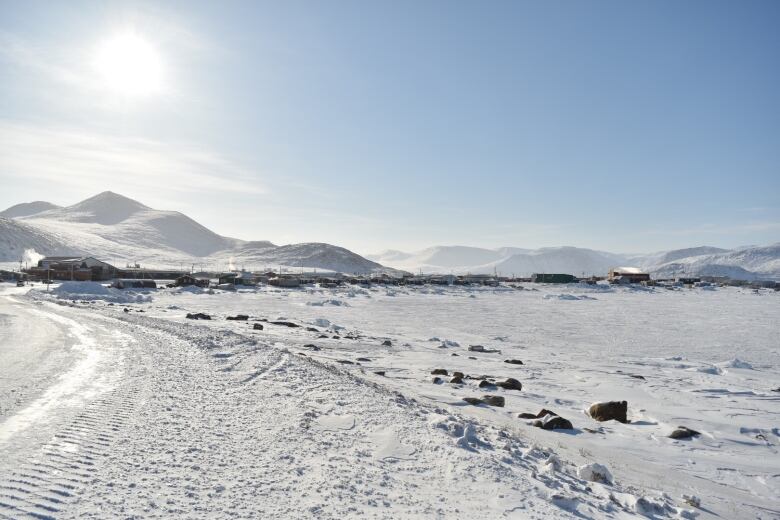$27.5M pledged to tame TB in Canada's North may not be nearly enough
Federal gov't official vows to find more money to tackle the problem, if needed

In an interview last month, Dr. Tom Wong, the chief medical officer of public health for Canada's Department of Indigenous Services, unequivocally stated that he will make sure the federal government and its partners provide the financial resources needed to end the tuberculosis (TB) crisis in the Canadian North even if it exceeds the millions currently pledged.
"We have a moral imperative to actually eliminate TB and to support communities to do that," said Wong. "And if that means that sometime down the road we are informed that we need more resources, together we will actually find sources of resources to address the problem. This problem cannot be left unattended."
In its 2018 budget, the Government of Canada pledged $27.5 million to eliminate TB in Inuit communities. However, that funding may not be nearly enough.
'Extremely resource intensive'
The community of Qikiqtarjuaq, Nunavut, recently served as an important barometer of both the scope of the crisis and the costs associated with fighting it.
Tuberculosis has hit Qikiqtarjuaq particularly hard, with at least tenpercent of the population having active or latent TB. Fifteen-year-old Ileen Kooneeliusie died of the disease in January 2017.
The Government of Nunavut started its latest bid to bring TB under control in the territory when it launched a community-wide screening program in Qikiqtarjuaq in February, ultimately screening 90per cent of the community over seven weeks.
- Major effort underway to fight tuberculosis outbreak in Qikiqtarjuaq, Nunavut
- 'She was my only girl': Nunavut teen's death sheds light on failures in fighting TB
The process was not easy or cheap, according to Dr. Kim Barker, chief medical officer of health for Nunavut.
Barker put the price of screening Qikiqtarjuaq, a town of 600 people, between $1.5 million and $2million, stressing that the cost also included "purchasing capital that we can now move to the next community."

Costs further escalated when the health IT team had to warm frozen ground in order to dig and lay fibre optic cable Barker acknowledges that for the next community-wide screening, they will have to "choose the right time of year."
After the screening in Qikiqtarjuaq, ten local people were hired to help with directly observed therapy, the worldwide standard of care where witnesses watch people take their pills to make sure they complete therapy. An extra public health nurse was also employed in the community to oversee the completion of TB treatment.
Barker says expanding the scope of practice for local community health representatives will be critical for future TB control efforts. Local health care workers may decrease the number of people from the south required to run TB control programs and increase community acceptance of treatment that once required patients to travel south, sometimes for years at a time.
These efforts are essential,but they necessarily drive up the costs of controlling the disease in one communityto say nothing for the rest of the North.

Costs could quickly climb
Officials are still calculating the potential costs of screening the 16 other communities in Nunavut known to have people who are infected with TB.
Only six or seven of the communities with a large number of residents who carry TB will be screened in a similar manner as Qikiqtarjuaq, said Barker, adding that pressures on the health care system and staff will allow a maximum of two communities per year to host a mass screening. A smaller scale process that has yet to be determined will be used in communities with fewer cases of TB.

The Government of Nunavut does not release TB statistics by community, but between Jan.1 and April 17 of this year, it identified 24 cases of active TB in Nunavut. Some of these cases were likely discovered through the screening in Qikiqtarjuaq.
It only takes a quick calculation to bring the adequacy of the announced funding for the task force to eliminate the disease into question. If the remaining seven communities with high rates of TB need a $1 million intervention each, and $2 million hasalready been spent, that leaves only $18.5 million for the remaining 10 communities in Nunavut and the other three northern jurisdictions a figure that doesn't even take into account the ongoing costs of hiring TB nurses and local health care workers.
In a November 2017 interview, Canadian TB expert Dr. Anne Fanning said there will need to be a TB control program "in place for at least a decade after [TB's] gone.
"You can't quit," she said. "You can't just do it for a year or a month. It's a long-term commitment."
One hopes the federal government will dedicate the money necessary to make a long-term commitment a reality.












_(720p).jpg)


 OFFICIAL HD MUSIC VIDEO.jpg)
.jpg)



























































































